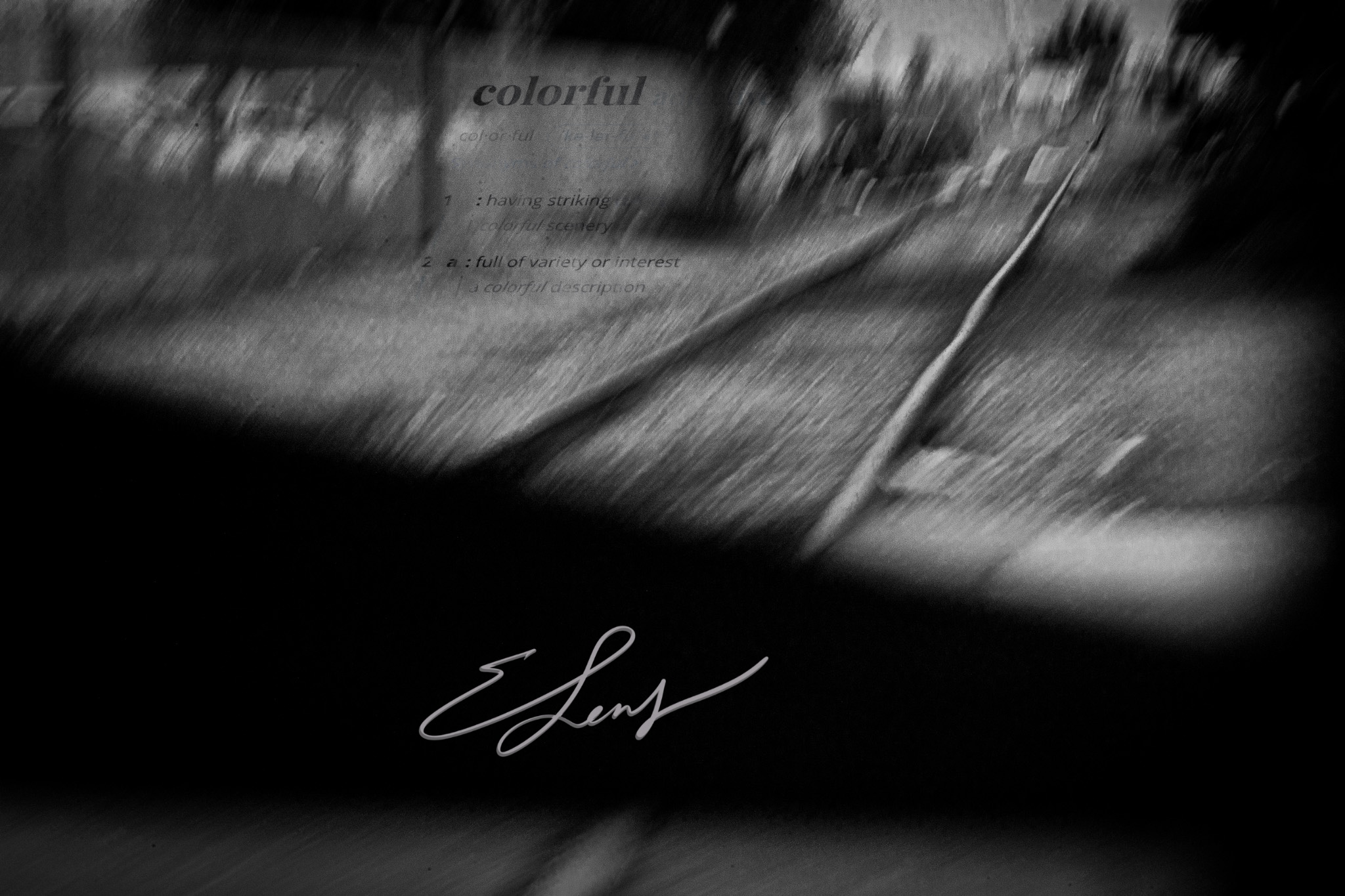
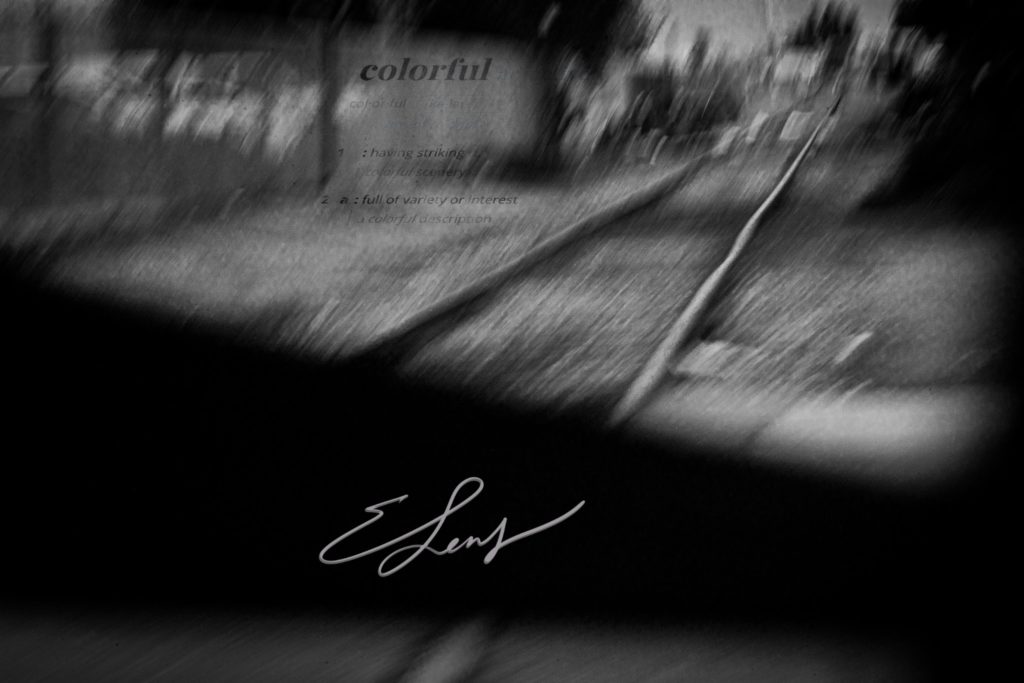
A 6 month journey learning to see.
Have you ever sifted through the list of filters, before uploading, just to see if any of them add a special feel to the photo? We can all relate to the extra effort placed to make sure our photos are seen and receive the appreciation they deserve, rather than getting lost in the algorithm, and even if only intended for friends and family groups. Without a doubt, a photo of someone will only get better as it becomes further removed from its moment of creation. However, will our children/ next generations learn to appreciate photography with the same passion our grandparents and theirs were able to look at their family’s 50 year old preservation? Technological advances sculpt the way we capture photos, the way we consume them, the way we display/share them, and the meaning we give to them. Like many of us, now with smartphone capabilities, and some with fancy Lightroom presets, we pass up on the black and white filter because it seems the photo becomes rather dull and outdated. After all, why wouldn’t you want a vibrantly colorful photo, taken with the latest camera sensor, to display on your HDR monitor or latest phone screens?
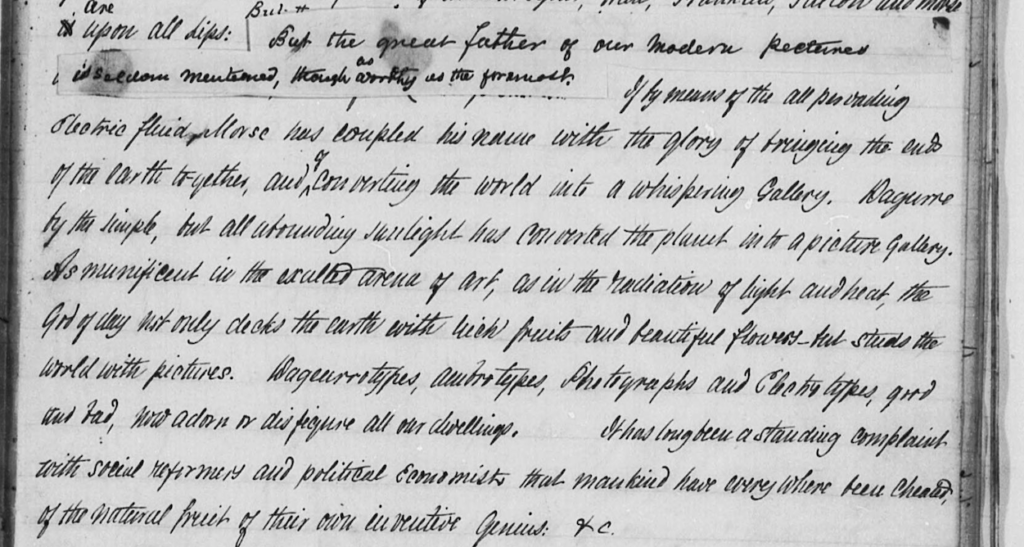
“Daguerre, by the simple, but all abounding sunlight has converted the planet into a picture gallery.”
Frederick Douglass
The most photographed man of the 1800s
In the midst of researching a few of the greatest photographers in history, I wondered about the world in which some of these people lived. Unlike us, some of these photogs had no choice but to shoot BW and never saw the day of a colored photograph. Despite their colorless efforts, they were, indeed, preserving frozen moments in time through their lens. Even astronomers were content with a monochromatic photo exposure for well over 50 years. Many fine art photographers still choose to shoot black and white, but as color-film dropped to extremely inexpensive prices, and the colors out of high-end digital cameras evolved, What’s wrong with having a few BW photos around? Could we do without?
This is my investigation to the question that remained in my head: Where does black and white photography exist in this modern age of DSLRs? But, most of all, Should you try it?
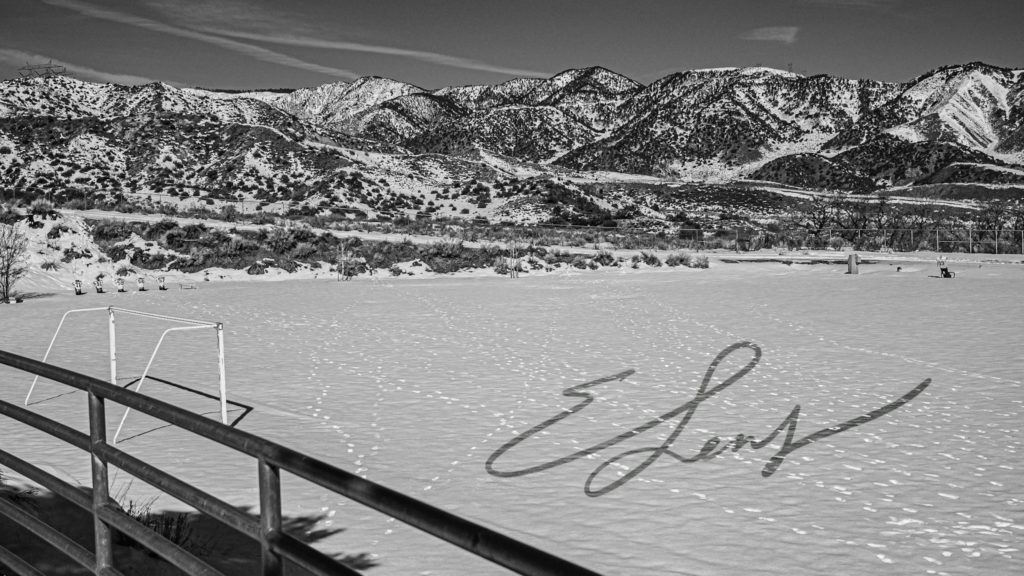
The Challenge
It was February, and I sought a new photo-challenge, for the summer, to grow into new photographic genres. After months of inspiration, I wanted to put some old filters to use, so I thought: I’ll just slap the black and white filter pre-sets I had already created, and start admiring some of the “timeless” pieces I was making. Dude, was my reality checked in post-processing! They were monochromatic, but that’s all they were. Why didn’t they feel timeless? Why didn’t my photos evoke more emotions? They were dull photos without any real contrast, and very unlike what had inspired me to begin with.
After two months into trying to get some awesome BW street photography, my street photos still weren’t screaming iconic like those historical ones. I began to wonder, has black and white photography served its purpose? I wasted no time and referred back to these historically inspirational people to see if I could identify what I missed. I had a feeling people would not really want to look back in awe at what was being created; especially not our younger generations. From birth, many of the youth have been conditioned by the cinematic-level of color-graded Youtube videos, so creating something timeless had became that much harder in 2023: Not to mention, the brands bragging about the high dynamic color ranges of our new technology.
Do you need color to capture interest?
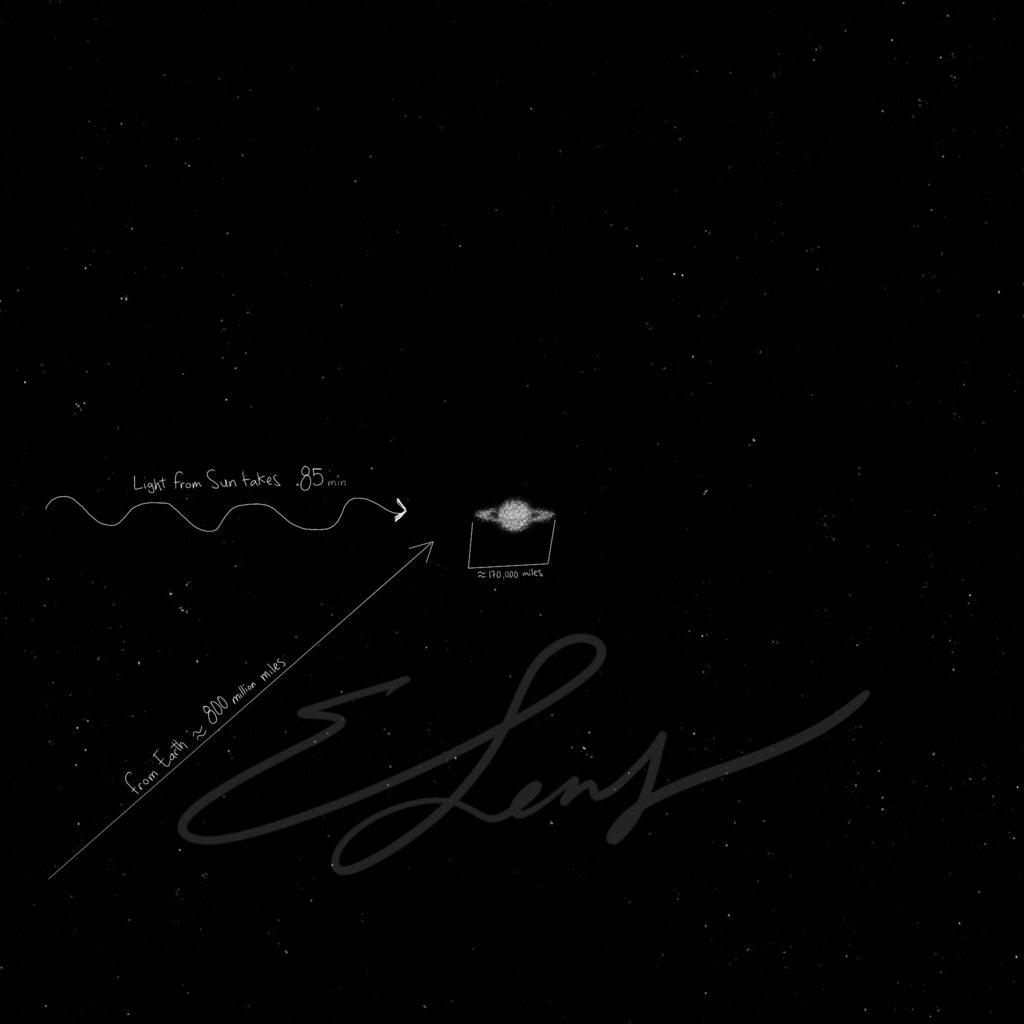
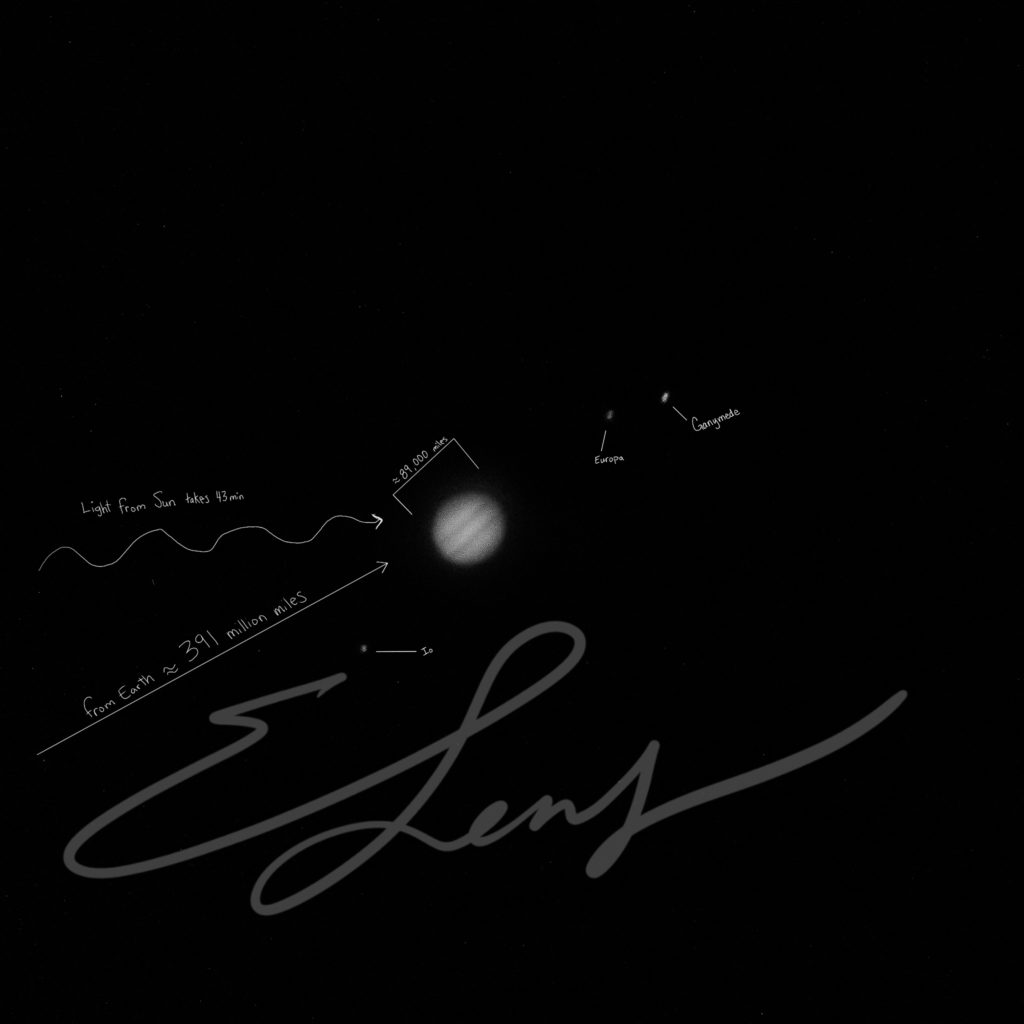
Ironically, after a few hours of schooling on Youtube, it became crystal clear. To shoot black and white photos, you must first train to truly see in black and white. There was an entire visual language I had yet to include in my photography. Black and white photography is abstract. This means, unless lighting, composition, and timing is done correctly, the subject along with your meaning can be lost, and the shapes and shading of light become more of a distraction from what you intended the eyes to see. You must also be willing to embrace dark shadows and truly paint with the light and patterns available. You have to see the photograph you make before you take it and understand composition. That’s why they use it for fine-art photography. But, who are fine-art photographers? And more specifically, How do you learn to view the world from their perspective?

The month of May brought plenty of spring blooms in the garden as everything changed dynamically. It became more exciting to document from week to week. I continued seeking moments I thought would make great black and whites, and concentrated on staying open-minded as I took the casual photos around family and friends.
Preparing for the summer challenge felt as if I was learning to read a new language that you could visually see in front of you if understood, however, it was completely invisible to someone who hadn’t a clue of where and how it was read. Like any other skill built, it required intentional repetition and mentorship to really help hyper-focus on all the fine-tuning that executes it right every time. My issue now was, without someone to give me specific feedback as I brought the photos in, I had to solve the assessment problem on my own.
The Solution
Knowing your camera’s limit is very important, nonetheless, this particular camera had never been tricks, just treats. I partly intended this challenge to force me to put away the Canon, therefore, I knew I needed as much in-camera help as possible.
This circled me back to the camera recipes many raved about, specifically for the Fujifilm x100v. More specifically, I was able to configure my camera settings in a particular way proven to emulate a very specific vintage camera film. Likewise, my cameras have electronic view finders with in-camera custom profile settings. This means you’re able to see the image live through the camera’s viewfinder/ display screen, colored a specific way, before taking the photo. This is extremely significant when shooting black and white because you start to see what the environment appears like, real-time, in BW. Setting the camera profile to black and white acted as a visual filter while on assignment. As official summer dates and the closing of the school year approached, I only had a few days left to prepare my camera for the inevitable challenge I created for myself. The next logical question at this point was: What’s the quickest way to see in black and white?
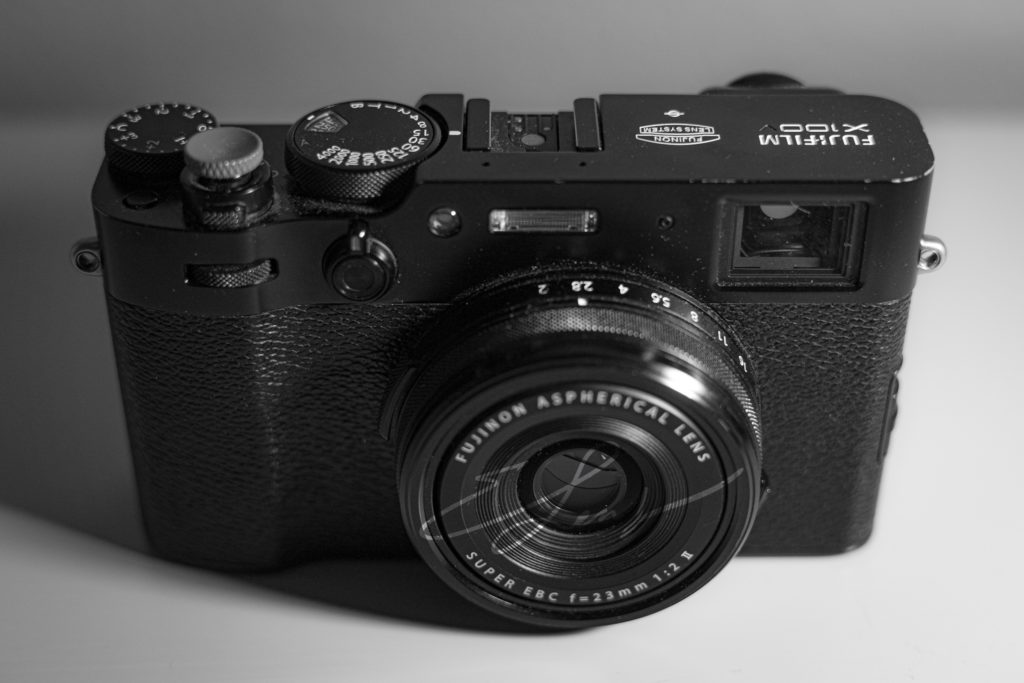
With my new recipe in hand, my camera only saw in black and white this summer. While not all recipes are intended for BW, the development of film recipes allowed photographers the convenience of shooting on the newest digital systems while still capturing the aesthetics and vintage styles of pre-color photographers. That look that so many people adore and reminisce every time they come into contact with the physical artifact film captured years ago. Focused and well equipped, I felt ready to get out there and capture my summer black and whites. All this in mind, the start of summer kicked off my challenge and my camera was locked in monochromatic.
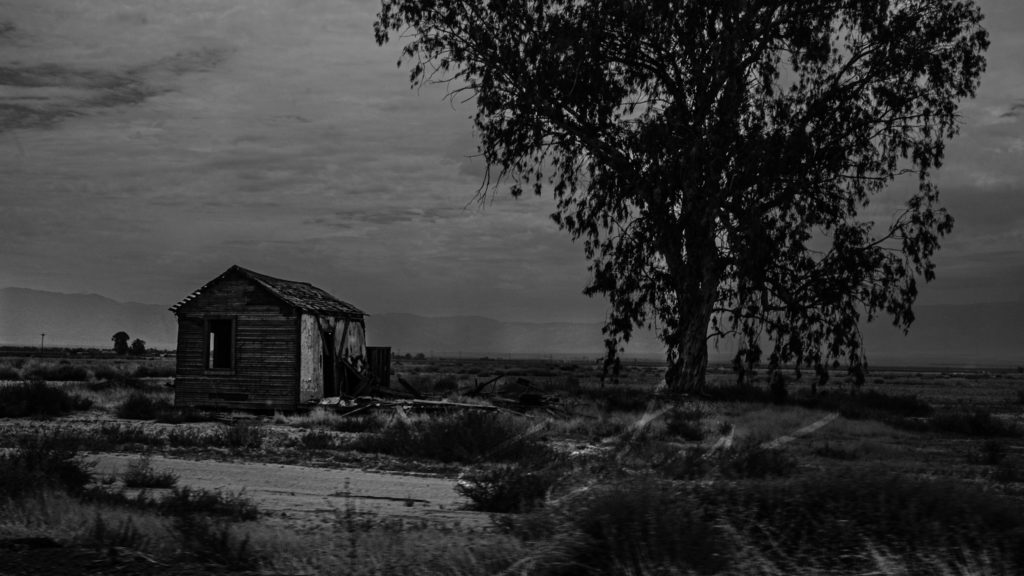
I shot the summer in Kodak Tri-x 400 film inside my x100v, gladly adding its fast prime lens to the challenge. Though taking some adjustment, I quickly learned to slow down and become more perceptive to the composition of the image. This excited me, however, the fourth of July approached around the corner and I began feeling very nervous about breaking my BW summer rule. Above all, was I going to be able to make these photos interesting enough for everyone to genuinely look back on later in life. In particular, my nieces are at the age were they are exceptional connoisseur about what’s cool and what’s NOT, and I wanted to capture summer moments they would also feel connected to when they looked back years from now. That meant a those handful of events, like 4th of July and birthdays colorless, nonetheless, I had to created those priceless memories as colorful as possible.
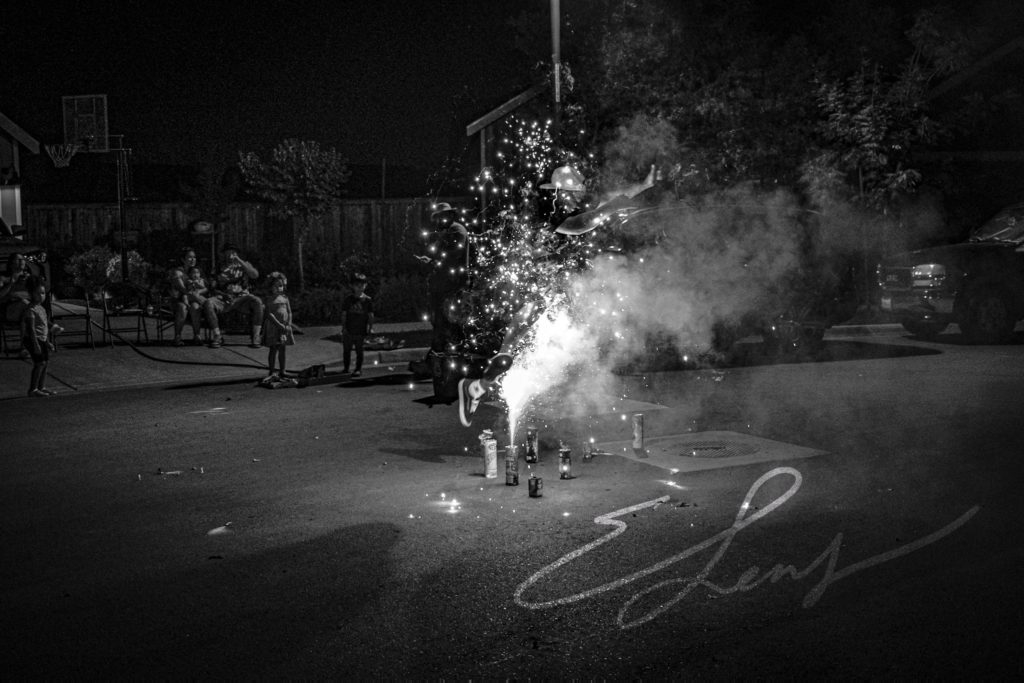
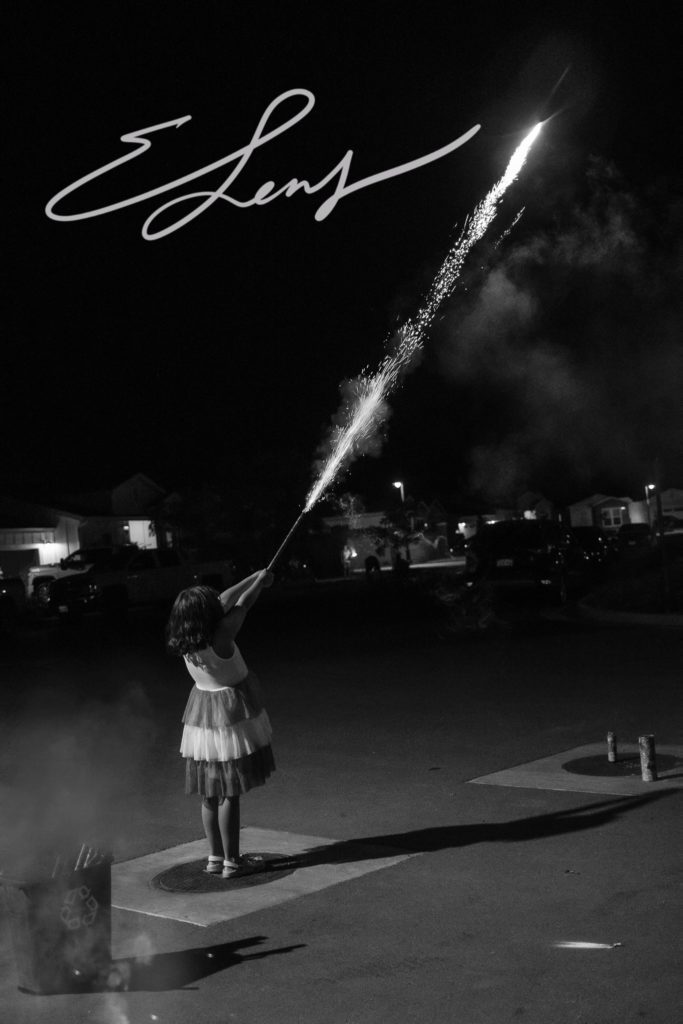
Aside from gear technicalities, it was challenging gaining excitement as we saw the black and white play-back image. Oh, it’s in black and white? It felt strange, color was almost expected from a digital camera. However, with only a sentence or two away from the next snapshot, how could I explain I’m on a mission to catch emotions and interest this summer, not colors. It was not just aesthetic to me. I wanted to have to think about every shutter release. My composition became more introspective as color slowly faded from my mental construction of the images. Color was no longer distracting me, and a pensive expressions took over the lens because eyes are drawn to specific areas of the photos for a reason. Is it the brightest or darkest part of the image? Maybe it’s the sharpest part with leading lines. Next time you see a black and white photo, try to identify where your eyes are invited to and why?
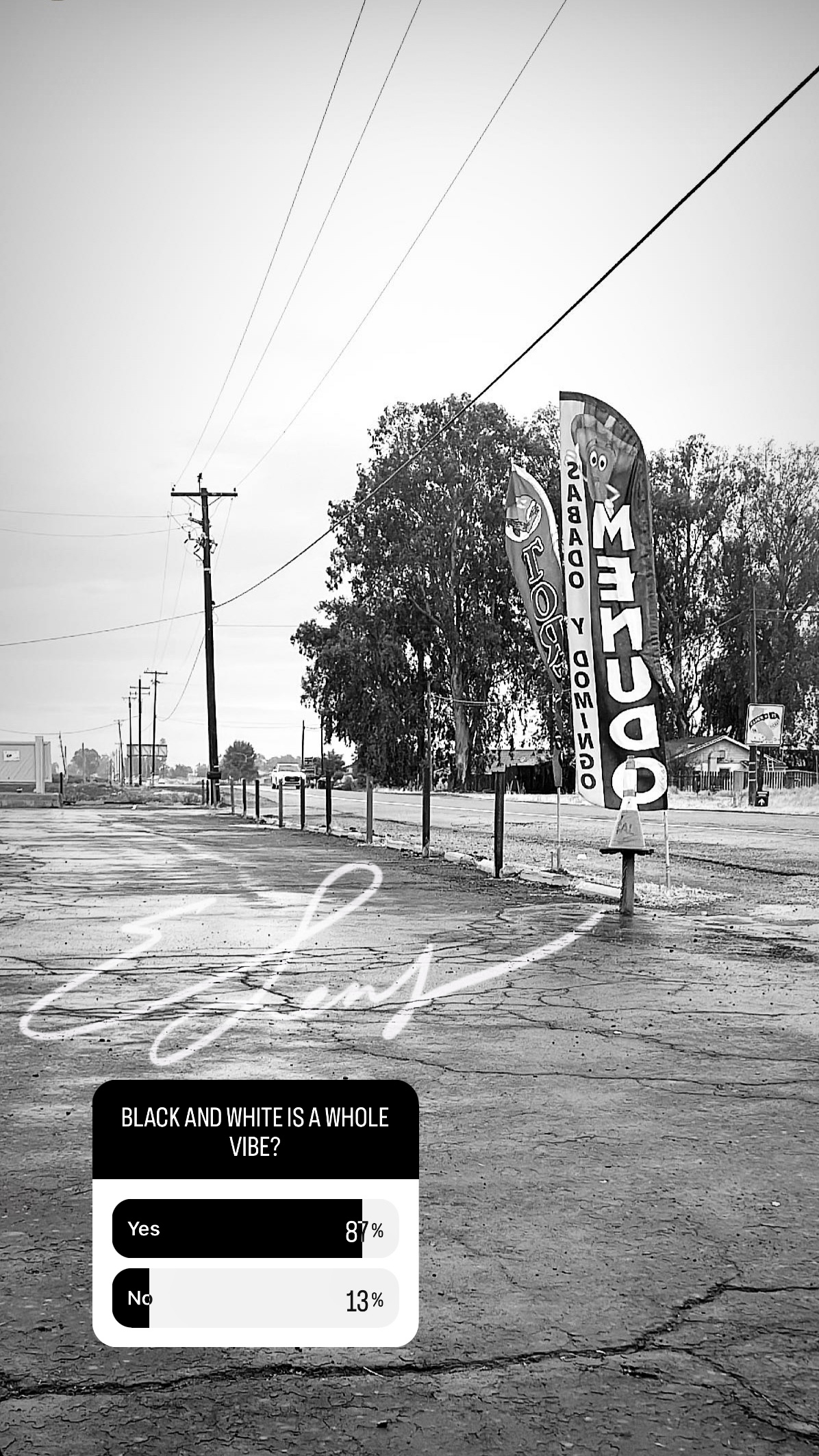
On August 20th, 27 people answered yes, while only 4 said no to the question: Black and white is a whole vibe?
The Results
All photographers have intention, and My summer camera settings aided my commitment through the entire summer. Because I saw the black and white exposure as the scene changed, I learned a whole new appreciation for the camera’s luminosity histogram. This graphs the light data your camera sensor is picking up and displays it so you see exactly how much of a tone you can see in your final image. It simplified my machine while also giving me an advantage to work. Similarly, it taught me how to spot better lighting when shooting specifically for black and white.
Kodak Tri-x 400, well loved film by photographers, also began to grow on me as I continued to get comfortable with the new style and include flashes into the photos. This instinctively felt similar to taking photos in the dim late nights of my photojournalism days.
Taking this six month challenge helped me grow my art as a photographer. I learned, a fine art photographer is anyone who captures an image they set out to create with intent, and intending to print, brings your work to life in indescribable way. The outcome of this challenge also gave me a sense of satisfaction knowing I completed the entire challenge and came out with some pretty amazing memories and learning moments.
I hope this post helped inspire you to make colorful black and white photos as you intended the world to be interpreted. Similarly, to understand the deeper value of black and white photography, we must print! The photo we print becomes the physical artifact that remains for all to remember. Without printing, can our photo really come to life?
If you would like to be a part of our Black and White photo journey
Here is my photographic sketch book for this 6 month journey:
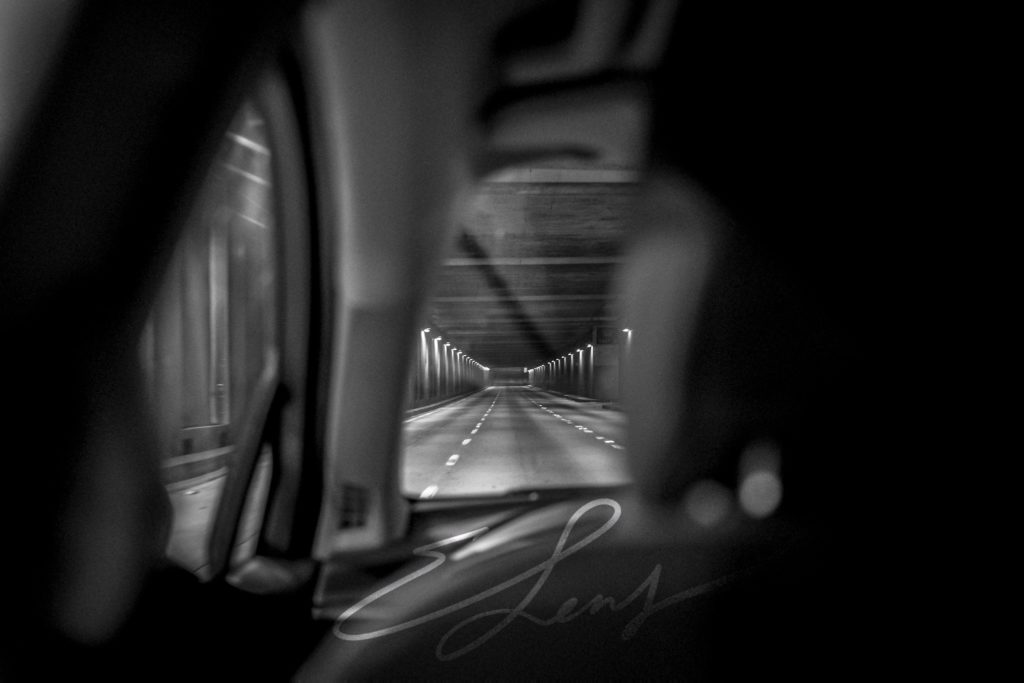
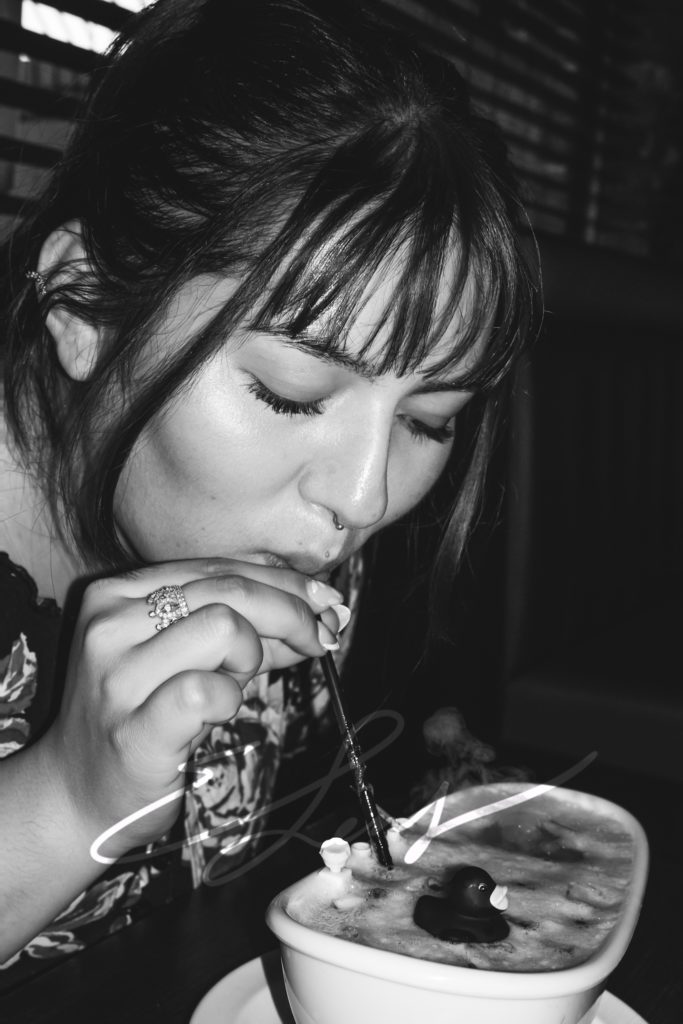
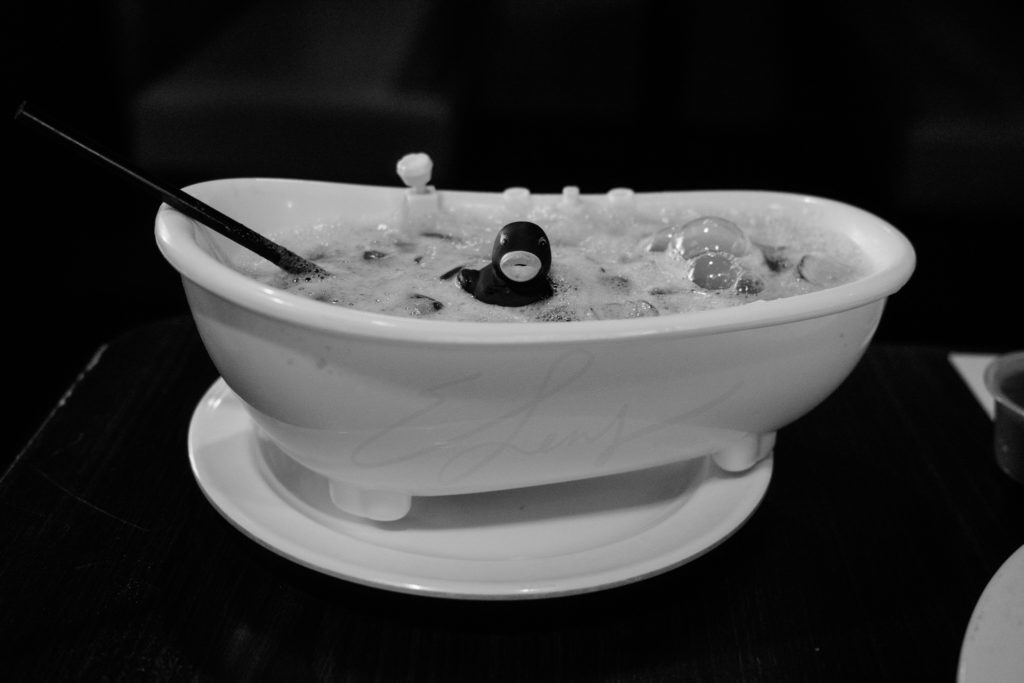
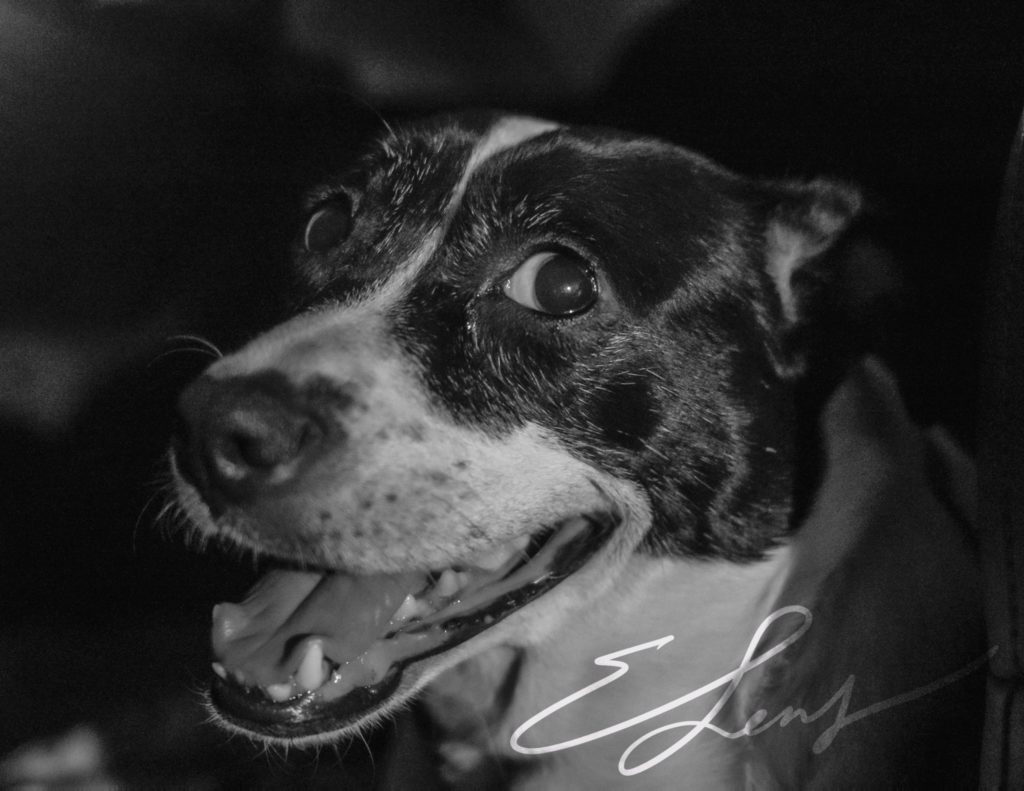
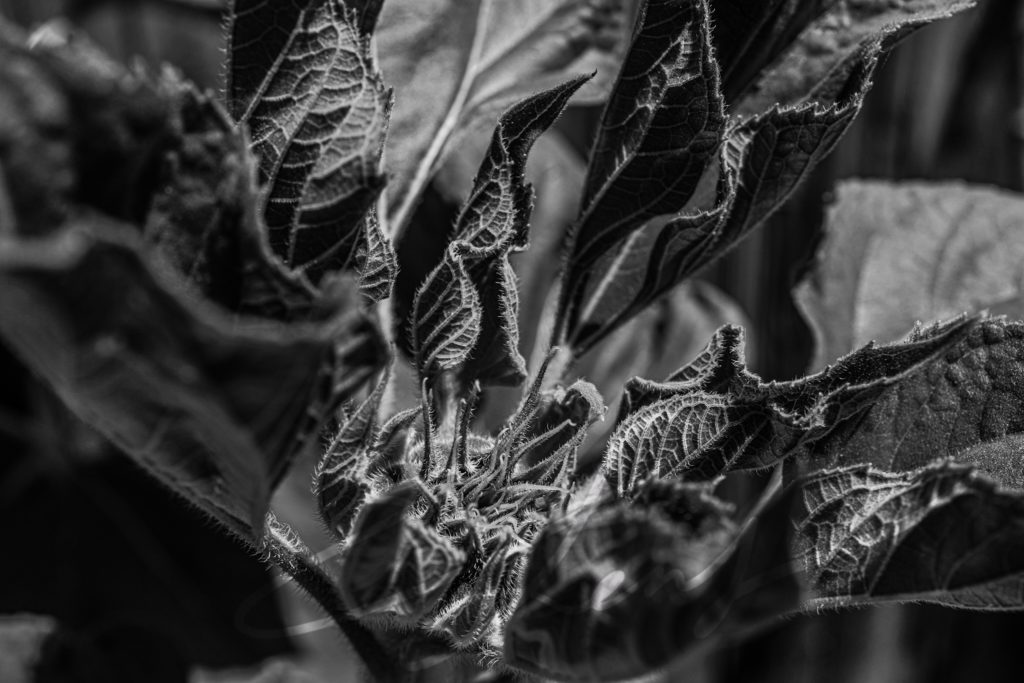
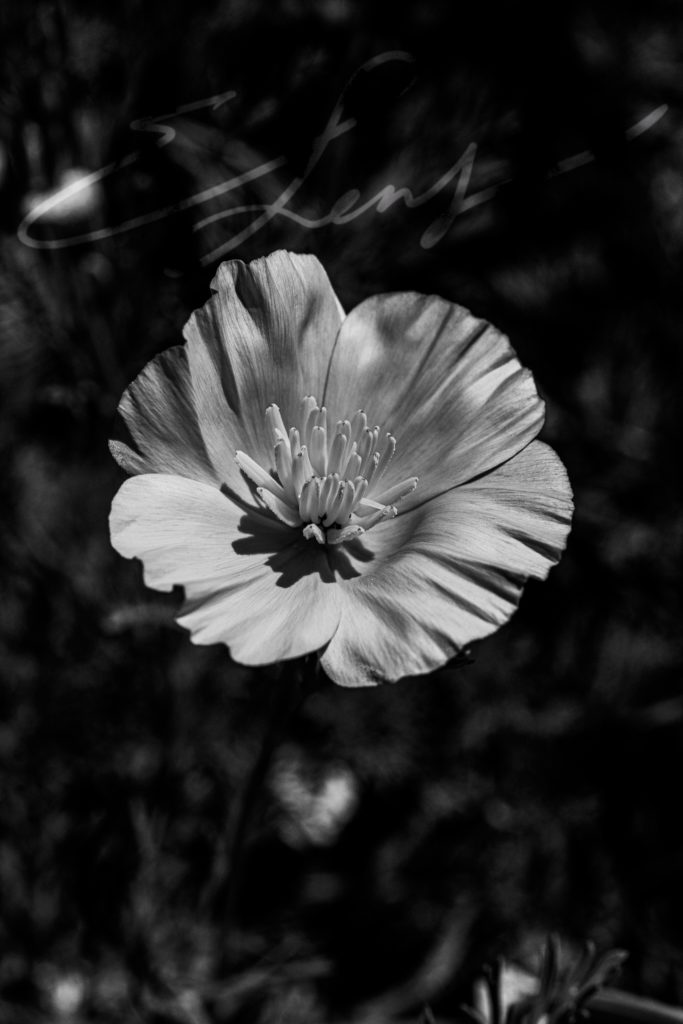
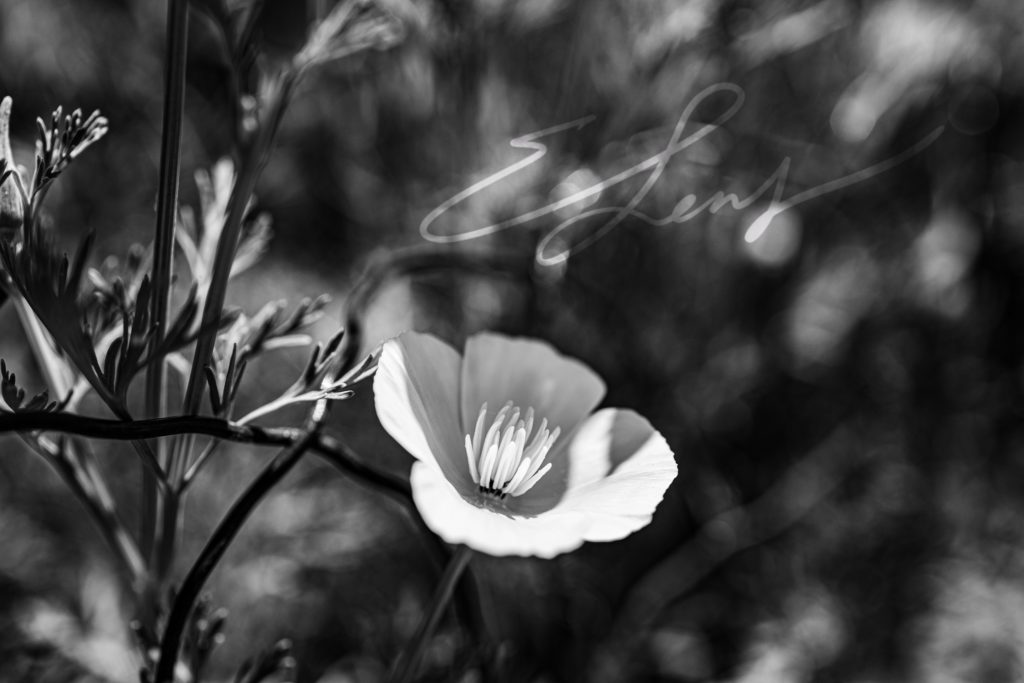
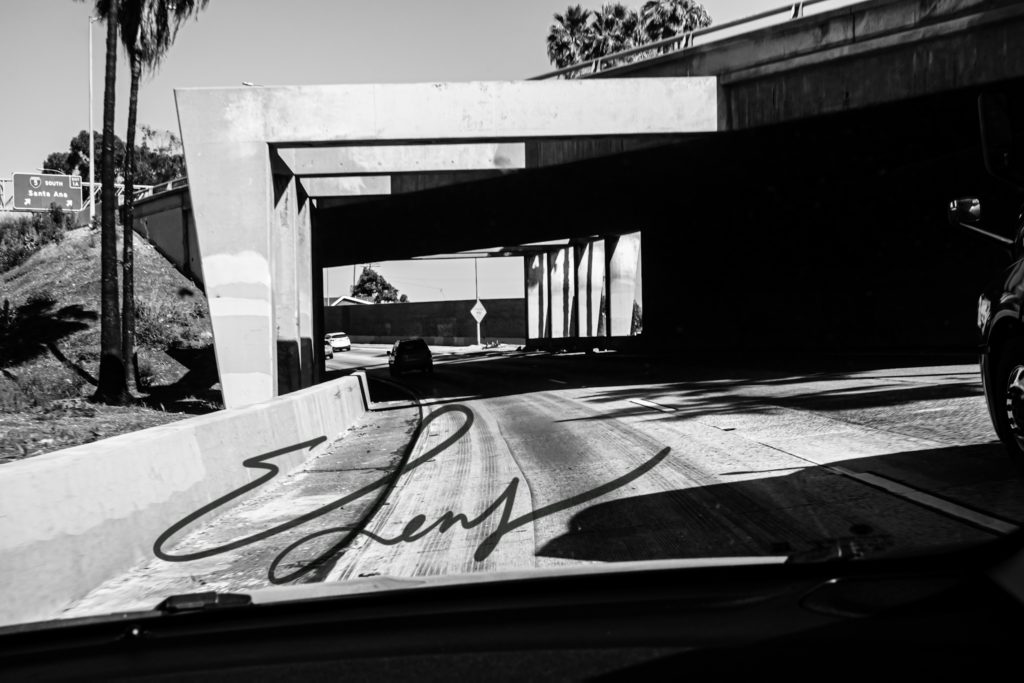
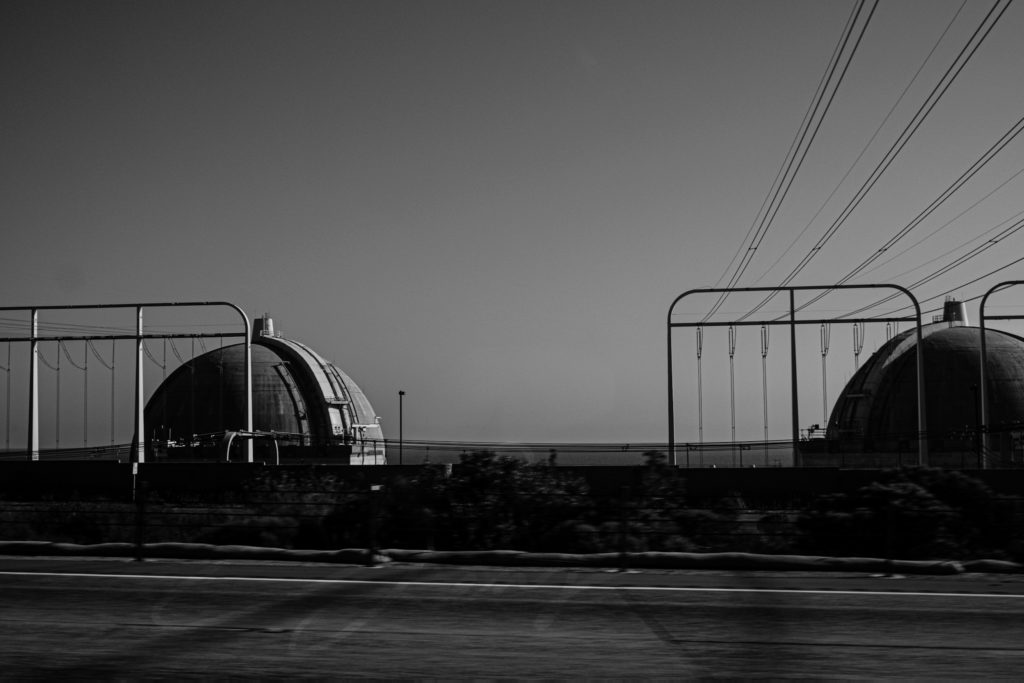
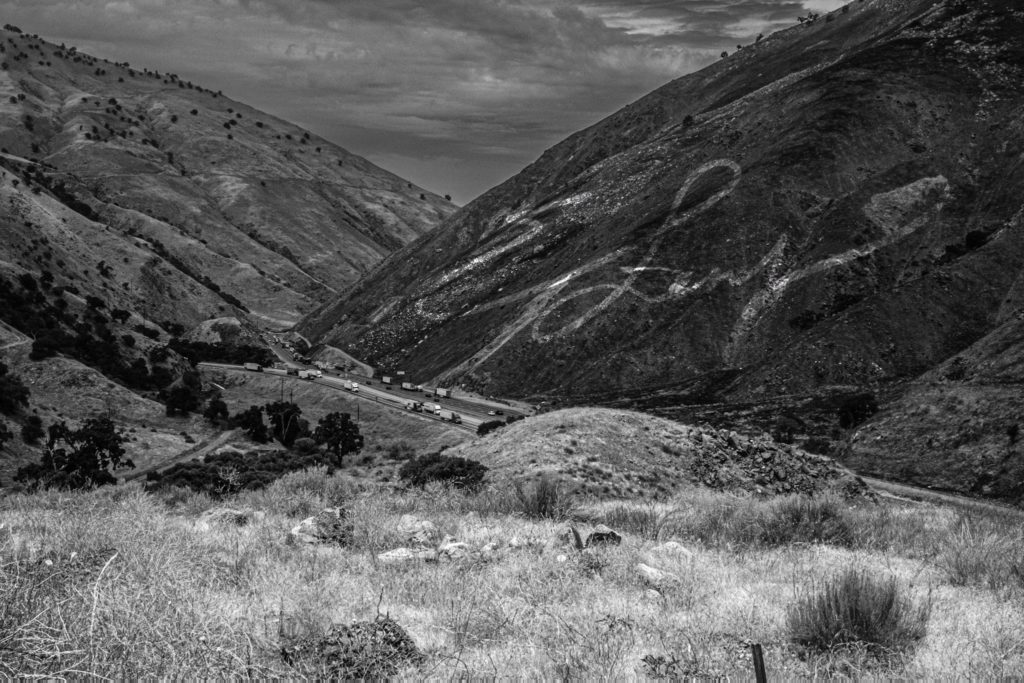
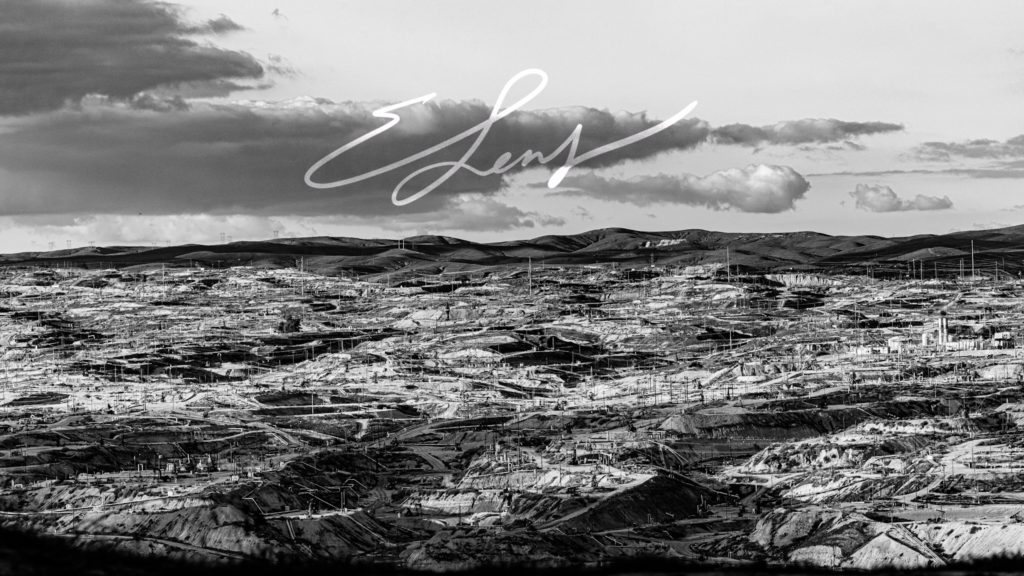
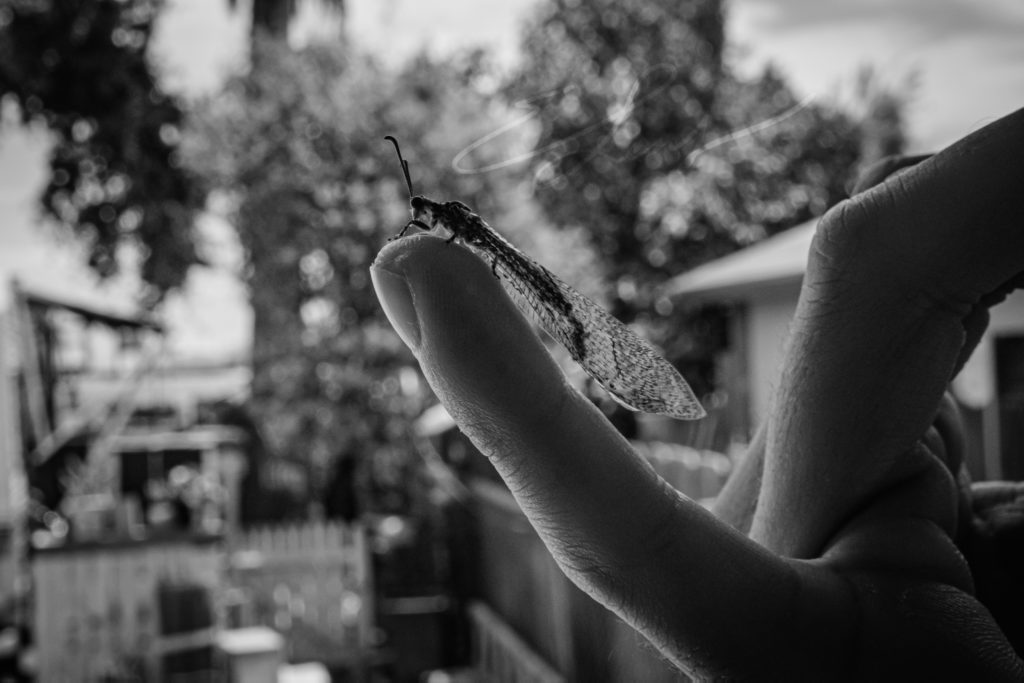
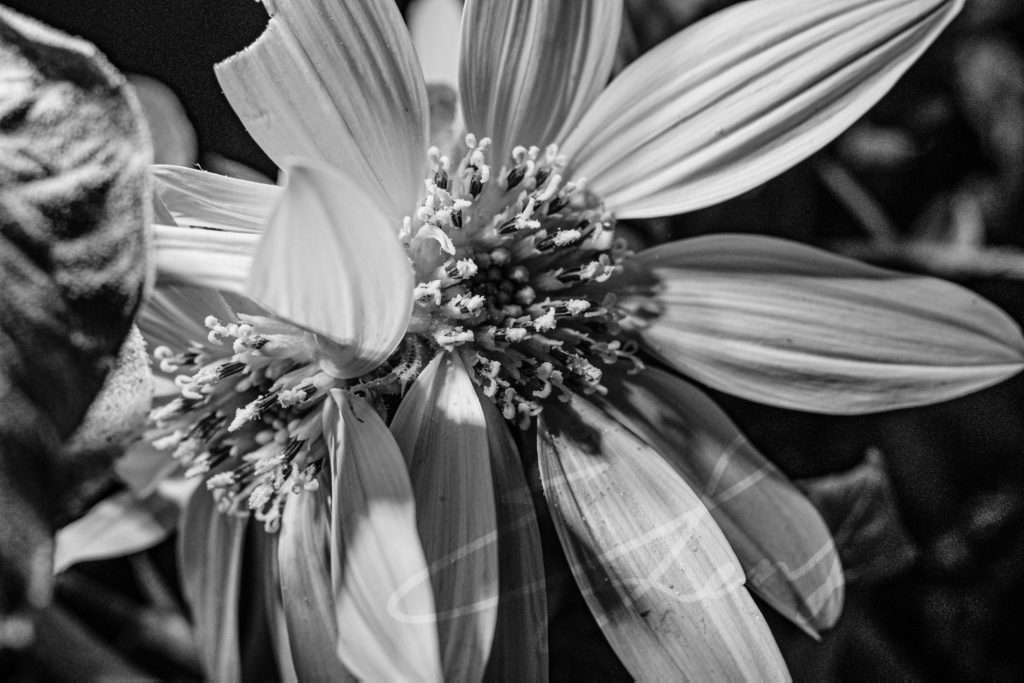
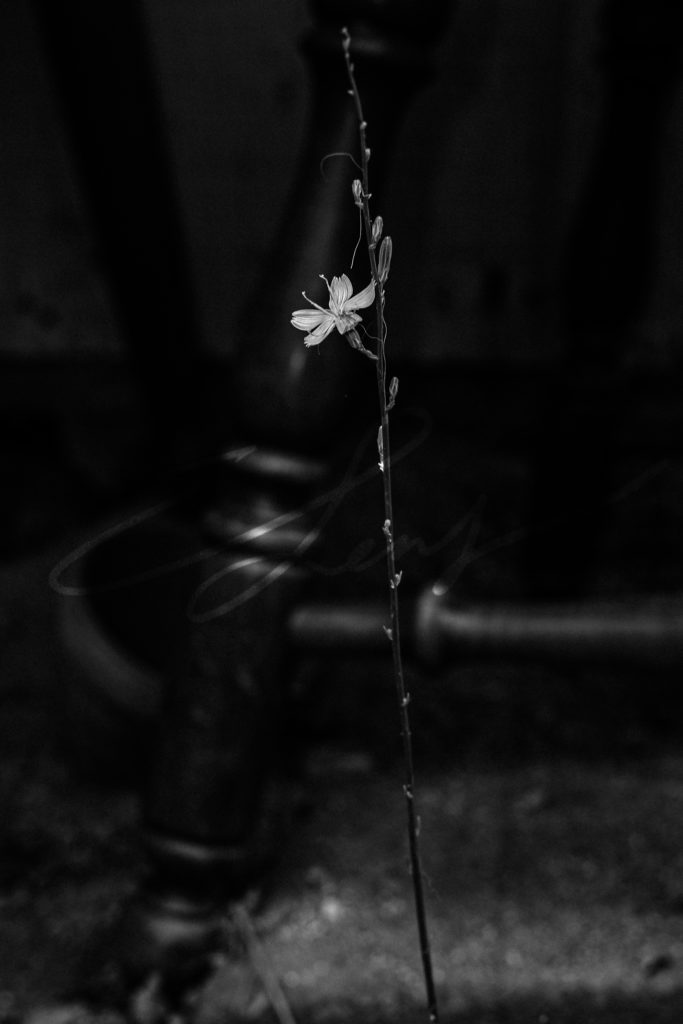
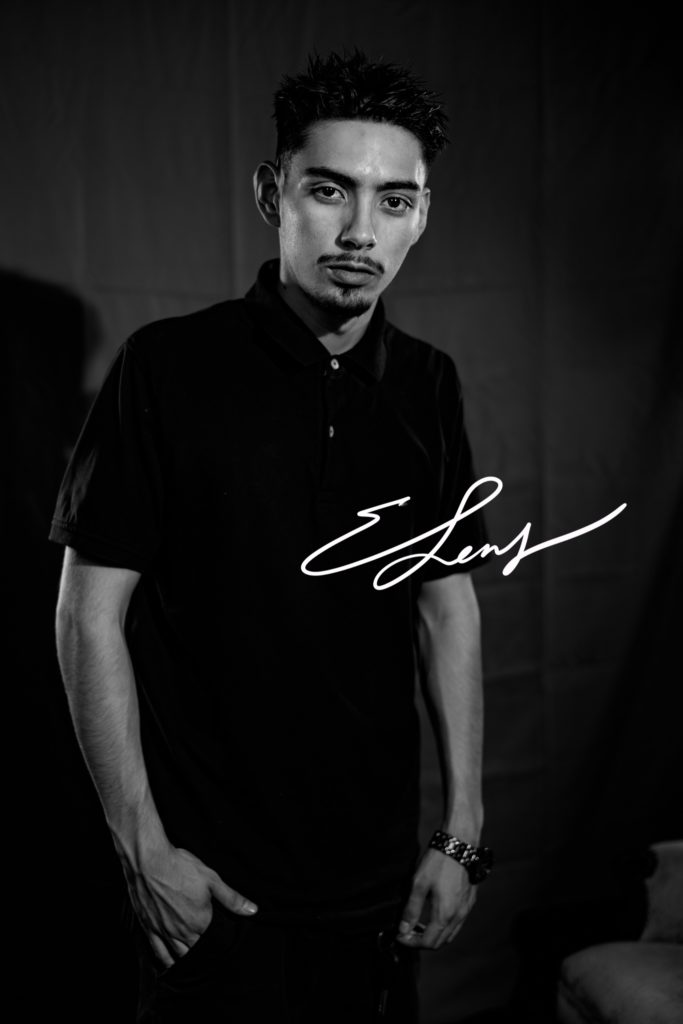


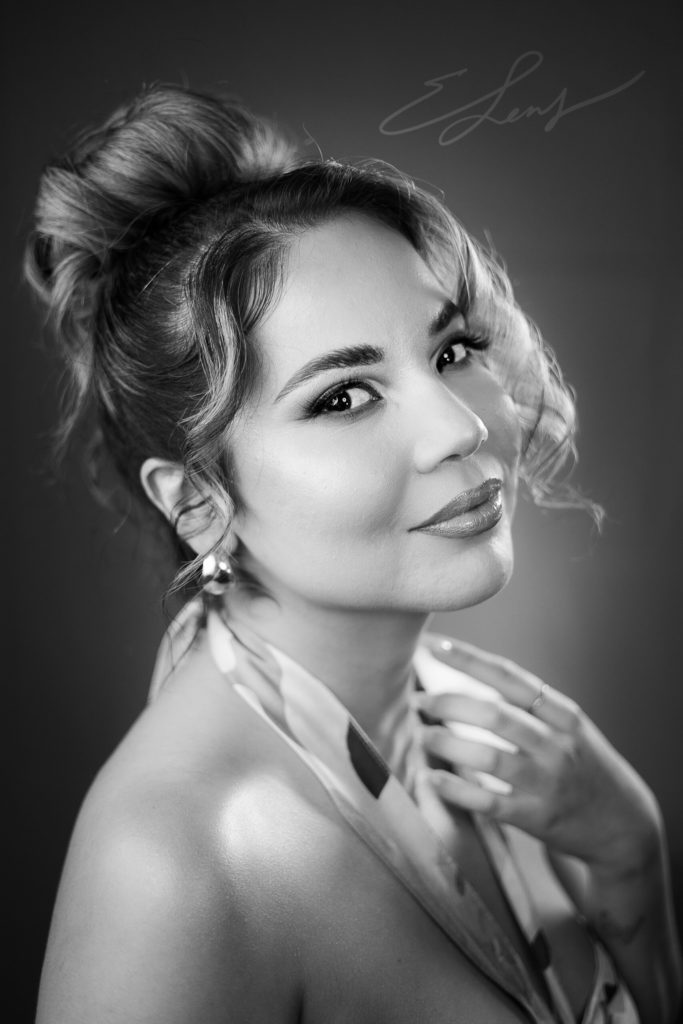
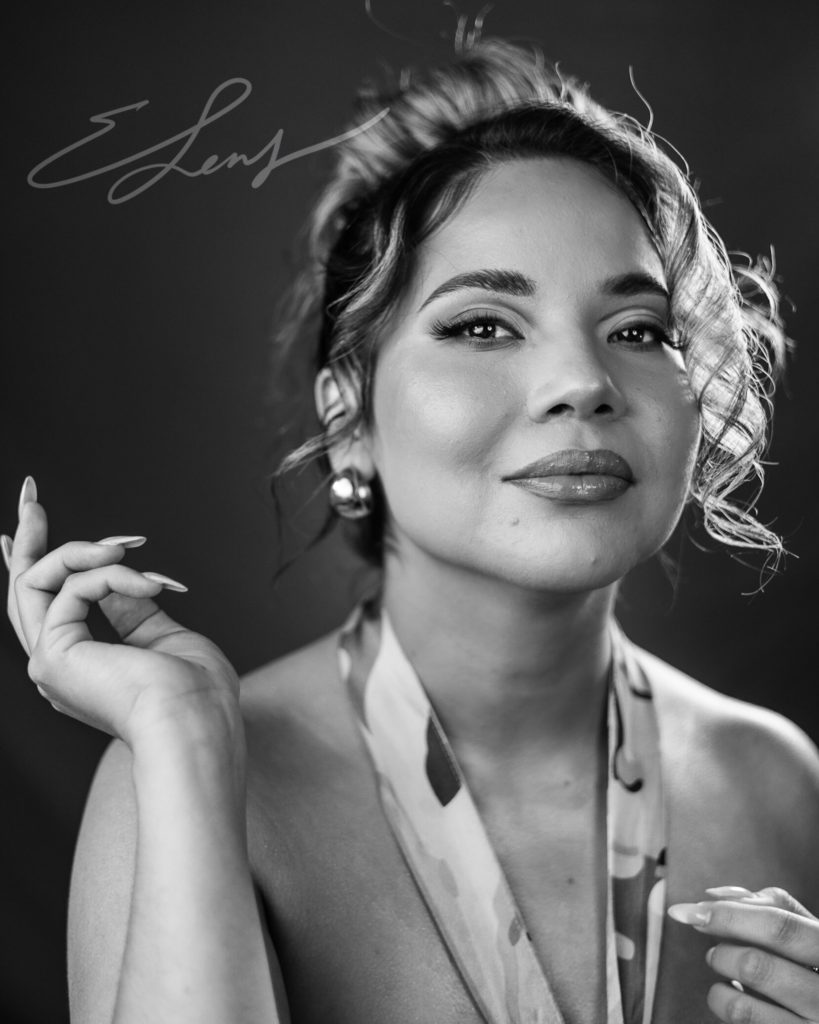
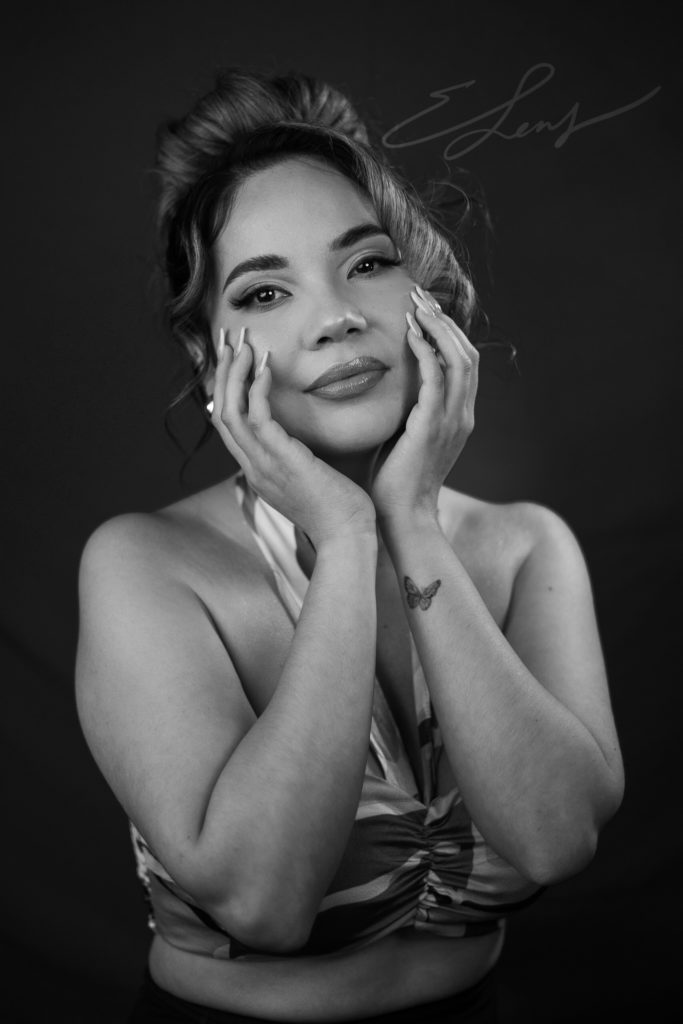
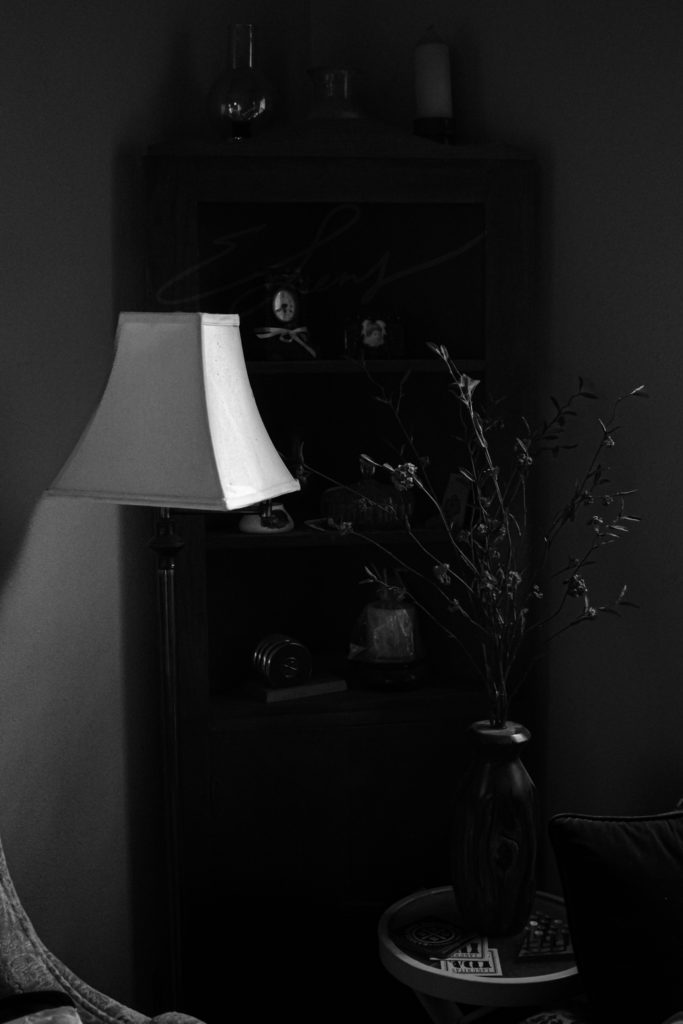
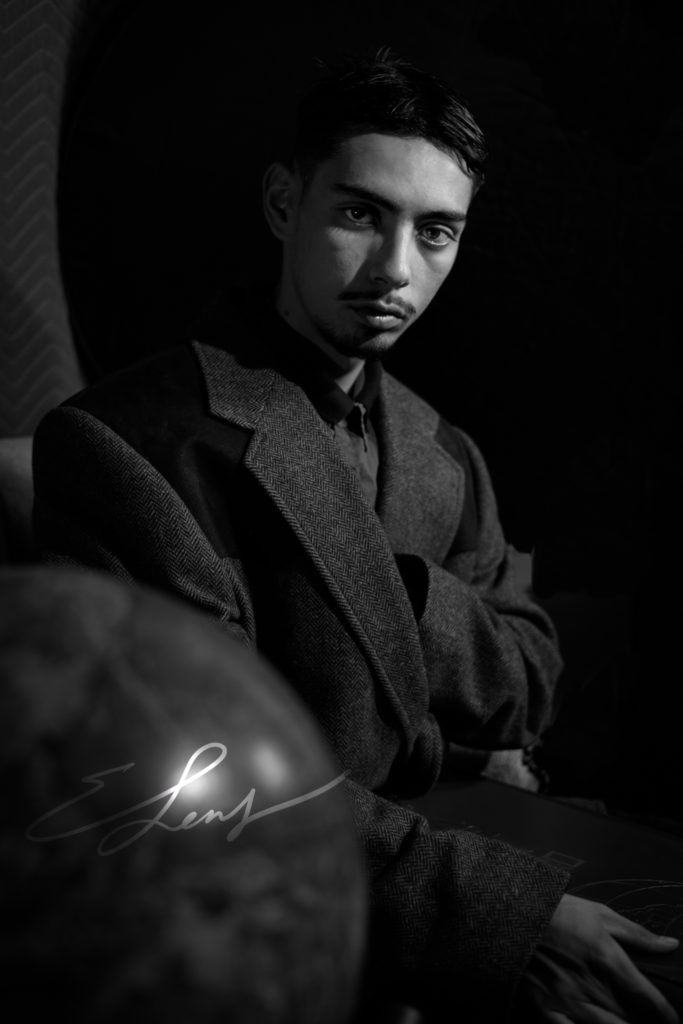


If you, or anyone like you, enjoy learning about photography, and want to know more about what it takes to get amazing results, come down to the studio!
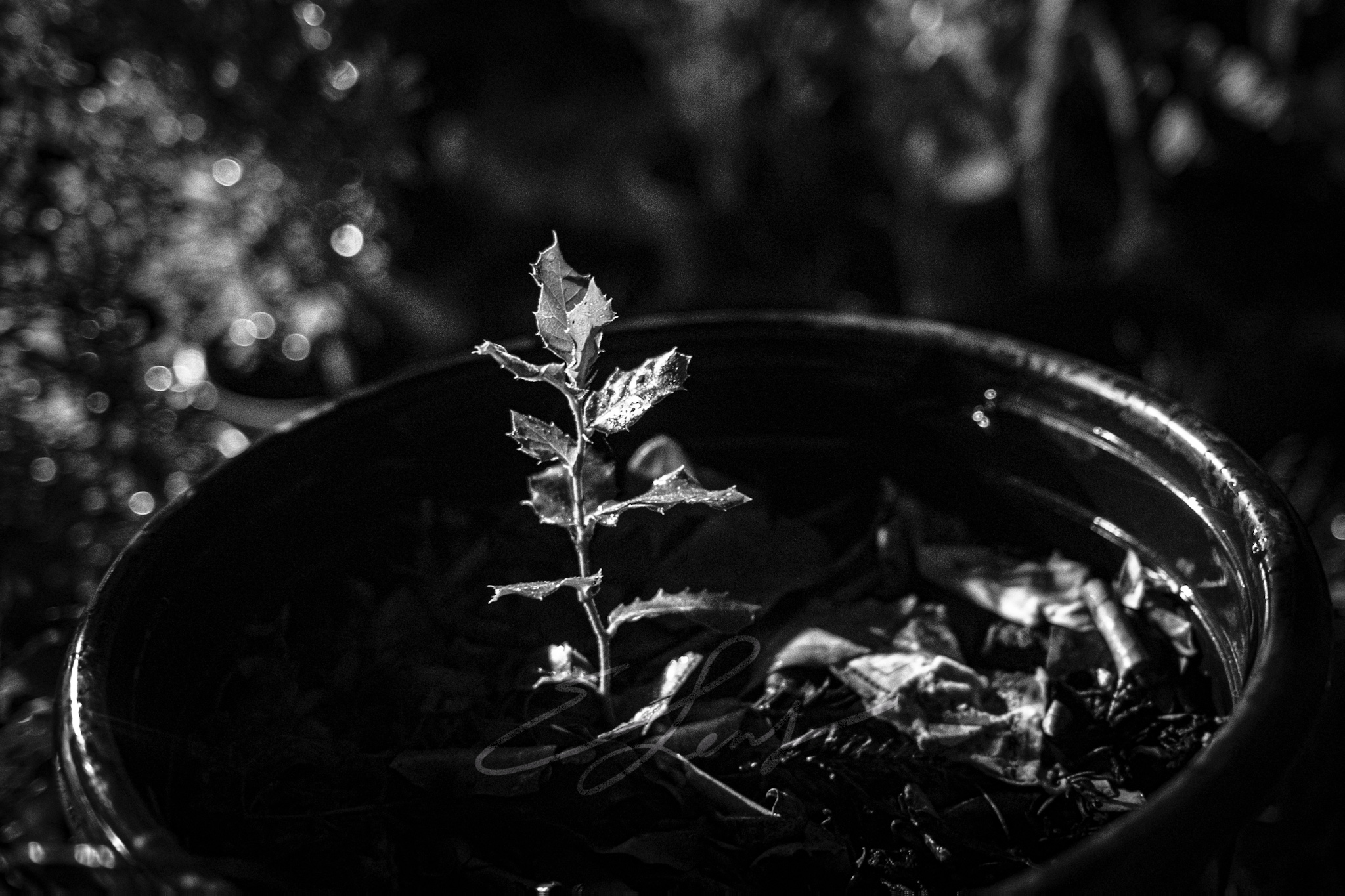
Grow your knowledge about photography through consulting!
- Understand what it takes to get amazing results
- Feel confidant around cameras
- Document and preserve like an expert
Join in on learning by emailing your full name, location, and what you need the most help with. I’ll get back to you with a resources that will help your skills grow!
References
- Frederick Douglass Papers: Speech, Article, and Book File, 1846-1894; Speeches and Articles by Douglass, 1846-1894; 1861, “Lecture on Pictures,” title varies https://www.loc.gov/resource/mss11879.22004/?sp=2&st=image&r=0.014,0.417,1.001,0.403,0
© All Rights Reserved 2023
